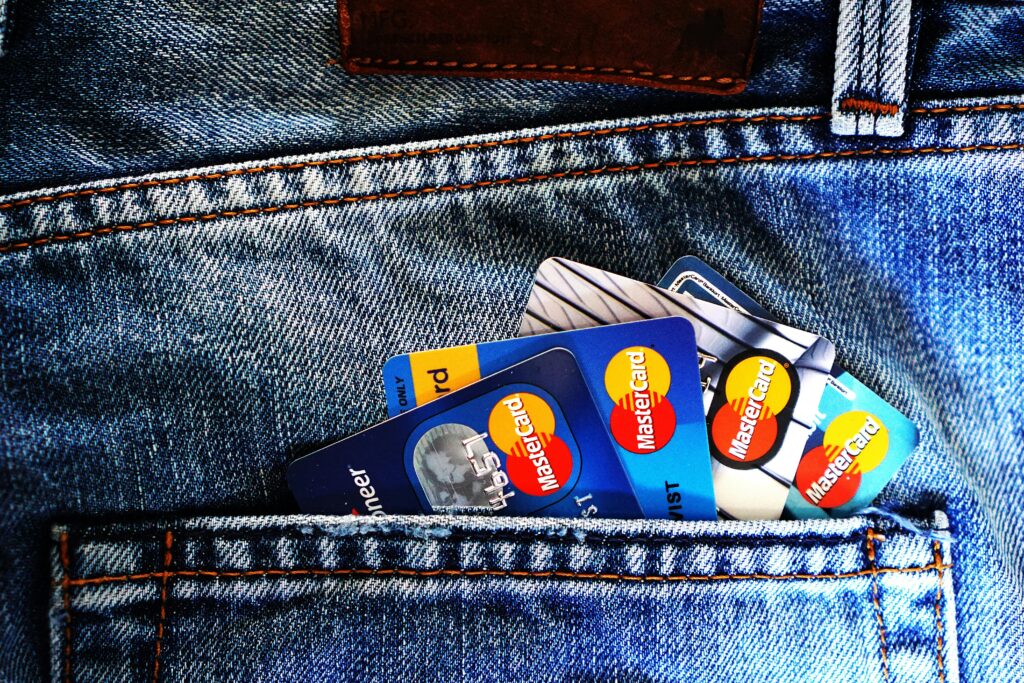Got money loafing around in checking, doing the financial equivalent of napping on the couch? You’re not alone. Most banks pay almost nothing on everyday balances, and that quiet “nothing” adds up over a year. The fix isn’t complicated. In about ten minutes, you can park your cash somewhere it actually earns—while keeping it easy to reach.
APY, in plain English (and why it matters)
APY stands for Annual Percentage Yield. It’s the interest rate including compounding, so it tells you how much your money would earn over a full year if you left it alone. Example: at 4.50% APY, $3,000 grows to about $3,135 in a year. APY is the apples-to-apples number to compare banks. Even a small difference adds up: a 3-point gap on a $5,000 cushion is roughly $150 a year—money you shouldn’t leave on the table.
Step 1: See what you’re earning now (and what that costs you)
Open your banking app and check the current APY on your checking or basic savings. Then glance at your typical balance. Rough mental math is fine: if you keep $3,000 around and could earn a few percentage points more, that’s real money over 12 months. It’s like finding a forgotten gift card… that refills itself.
Step 2: Choose a better parking spot (fast, safe, simple)
For most people, a high-yield savings account (HYSA) is the easiest win. What to look for:
- FDIC or NCUA insurance (standard $250k per depositor, per institution, per ownership category).
- No monthly fees and no gotcha minimums.
- Fast ACH transfers (1–2 business days) and easy external-account linking.
- Optional “buckets” or sub-accounts so you can label money (Emergency, Bills, Trips).
- A rate that isn’t obviously an intro teaser with weird balance tiers.
HYSAs keep your cash liquid. If you’re rate-hunting beyond that, you can compare money market savings (similar) or, for cash you won’t touch for a while, CDs or T-bills. But today’s goal is quick, low-friction progress.
Step 3: Open the account (you’ll need the usual basics)
Have your ID, SSN, and your current bank’s routing/account number handy. Turn on two-factor authentication. Most sign-ups take a few minutes.
Step 4: Link your checking and do a first transfer
Link via your bank’s login (instant) or micro-deposits (a day or two). Move a sensible chunk now—then keep a small checking cushion (a week or two of bills) so autopays don’t bounce. You can always top up from savings in a day or so.
Step 5: Automate it so you don’t have to think
Two easy options:
- Split your direct deposit at work (e.g., $200 each payday to your HYSA, the rest to checking).
- Or set a recurring transfer the day after payday. Small but automatic wins beat heroic plans that never happen.
Step 6: Label your money (this is weirdly motivating)
If your HYSA supports buckets, create a few: Emergency (never touch), Bills Reserve (next month’s big ones), Travel (fun, guilt-free). Nicknames make saving feel like progress, not punishment.
Step 7: Keep it smooth: fees, limits, and speed
- Transfers: Expect 1–2 business days. Many banks also offer instant transfers for a small fee—use sparingly.
- Limits: Some accounts still cap certain withdrawals per month. Not a big deal for most, just good to know.
- Overdraft protection: Leave that checking cushion and set alerts so bills don’t pull from the wrong place.
Step 8: Make rate-checking painless (30 seconds, once a month)
Rates move. Put a tiny calendar reminder—first business day of the month: “HYSA rate check.” If your bank drifts way down, move on. You’re not married; you’re dating the best rate that treats you well.
Step 9: Already have a decent savings account? Ask for better, then act
“I’m a customer with $___ on deposit. I’m seeing higher rates elsewhere. Can you match your current high-yield tier so I can keep my savings here?”
If they won’t, no hard feelings—shift the money. Loyalty is a nice story; interest is money in your pocket.
Quick FAQ
- Does opening a savings account affect my credit score? Generally no. Banks typically use ChexSystems for deposit accounts (not a hard credit inquiry).
- Is my money safe? Stick to FDIC-insured banks or NCUA-insured credit unions and mind the coverage limits. For larger balances, you can spread funds across institutions or ownership categories.
- What if I need cash fast? Keep that checking cushion. For real emergencies, most banks can push funds back same-day via wire (fees apply) or instant rails (limits apply).
TL;DR
- Your checking balance shouldn’t nap—open a high-yield savings today.
- Link checking, move a chunk, keep a small buffer for bills.
- Automate a payday transfer and label buckets so you stick with it.
- Rate-check monthly; switch if your bank falls behind. No drama.
Friendly note: Educational content only—not personal financial advice. Verify rates, terms, and insurance with your bank or credit union.


